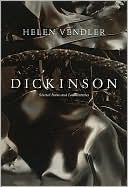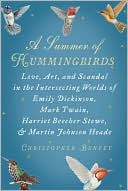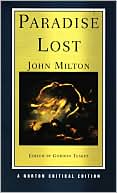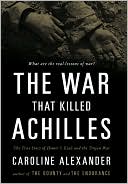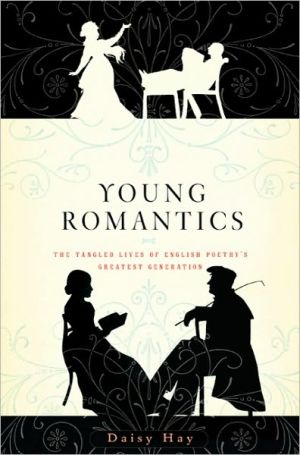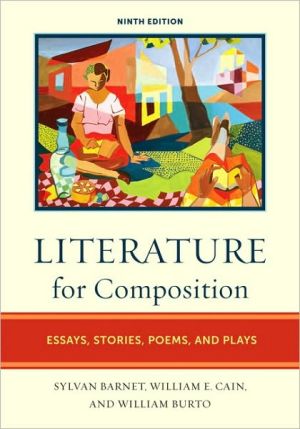Poetry, Language, Thought
Essential reading for students and anyone interested in the great philosophers, this book opened up appreciation of Martin Heidegger beyond the confines of philosophy to the reaches of poetry. In Heidegger's thinking, poetry is not a mere amusement or form of culture but a force that opens up the realm of truth and brings man to the measure of his being and his world.\ \ \ Essential reading for students and anyone interested in the great philosophers.\
Search in google:
Essential reading for students and anyone interested in the great philosophers, this book opened up appreciation of Martin Heidegger beyond the confines of philosophy to the reaches of poetry. In Heidegger's thinking, poetry is not a mere amusement or form of culture but a force that opens up the realm of truth and brings man to the measure of his being and his world.
Chapter One\ THE ORIGIN OF THE WORK OF ART\ Origin here means that from and by which something is what it is and as it is. What something is, as it is, we call its essence or nature. The origin of something is the source of its nature. The question concerning the origin of the work of art asks about the source of its nature. On the usual view, the work arises out of and by means of the activity of the artist. But by what and whence is the artist what he is? By the work; for to say that the work does credit to the master means that it is the work that first lets the artist emerge as a master of his art. The artist is the origin of the work. The work is the origin of the artist. Neither is without the other. Nevertheless, neither is the sole support of the other. In themselves and in their interrelations artist and work are each of them by virtue of a third thing which is prior to both, namely that which also gives artist and work of art their names--art.\ As necessarily as the artist is the origin of the work in a different way than the work is the origin of the artist, so it is equally certain that, in a still different way, art is the origin of both artist and work. But can art be an origin at all? Where and how does art occur? Art--this is nothing more than a word to which nothing real any longer corresponds. It may pass for a collective idea under which we find a place for that which alone is real in art: works and artists. Even if the word art were taken to signify more than a collective notion, what is meant by the word could exist only on the basis of the actuality of works and artists. Or is the converse the case? Doworks and artists exist only because art exists as their origin?\ Whatever the decision may be, the question of the origin of the work of art becomes a question about the nature of art. Since the question whether and how art in general exists must still remain open, we shall attempt to discover the nature of art in the place where art undoubtedly prevails in a real way. Art is present in the art work. But what and how is a work of art?\ What art is should be inferable from the work. What the work of art is we can come to know only from the nature of art. Anyone can easily see that we are moving in a circle. Ordinary understanding demands that this circle be avoided because it violates logic. What art is can be gathered from a comparative examination of actual art works. But how are we to be certain that we are indeed basing such an examination on art works if we do not know beforehand what art is? And the nature of art can no more be arrived at by a derivation from higher concepts than by a collection of characteristics of actual art works. For such a derivation, too, already has in view the characteristics that must suffice to establish that what we take in advance to be an art work is one in fact. But selecting works from among given objects, and deriving concepts from principles, are equally impossible here, and where these procedures are practiced they are a self-deception.\ Thus we are compelled to follow the circle. This is neither a makeshift nor a defect. To enter upon this path is the strength of thought, to continue on it is the feast of thought, assuming that thinking is a craft. Not only is the main step from work to art a circle like the step from art to work, but every separate step that we attempt circles in this circle.\ In order to discover the nature of the art that really prevails in the work, let us go to the actual work and ask the work what and how it is.\ Works of art are familiar to everyone. Architectural and sculptural works can be seen installed in public places, in churches, and in dwellings. Art works of the most diverse periods and peoples are housed in collections and exhibitions. If we consider the works in their untouched actuality and do not deceive ourselves, the result is that the works are as naturally present as are things. The picture hangs on the wall like a rifle or a hat. A painting, e.g., the one by Van Gogh that represents a pair of peasant shoes, travels from one exhibition to another. Works of art are shipped like coal from the Ruhr and logs from the Black Forest. During the First World War Holderlin's hymns were packed in the soldier's knapsack together with cleaning gear. Beethoven's quartets lie in the storerooms of the publishing house like potatoes in a cellar.\ All works have this thingly character. What would they be without it? But perhaps this rather crude and external view of the work is objectionable to us. Shippers or charwomen in museums may operate with such conceptions of the work of art. We, however, have to take works as they are encountered by those who experience and enjoy them. But even the muchvaunted aesthetic experience cannot get around the thingly aspect of the art work. There is something stony in a work of architecture, wooden in a carving, colored in a painting, spoken in a linguistic work, sonorous in a musical composition. The thingly element is so irremovably present in the art work that we are compelled rather to say conversely that the architectural work is in stone, the carving is in wood, the painting in color, the linguistic work in speech, the musical composition in sound. "Obviously," it will be replied. No doubt. But what is this self-evident thingly element in the work of art?

